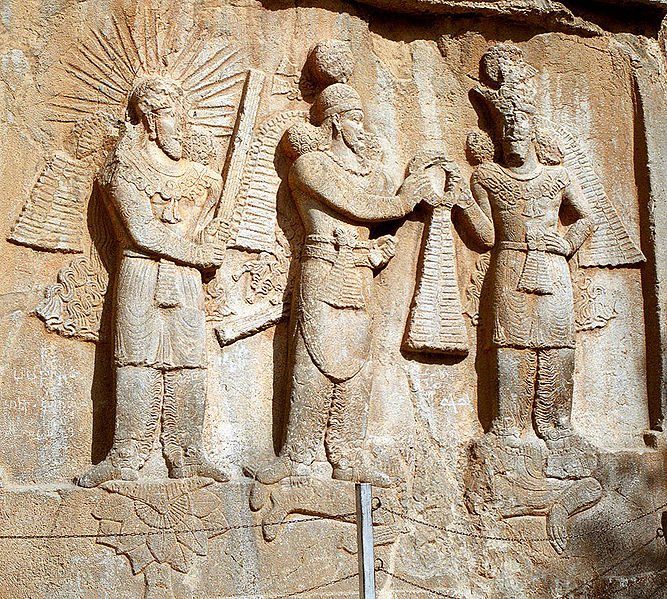
 |
Freethought & Rationalism ArchiveThe archives are read only. |
|
|
#31 |
|
Contributor
Join Date: Jun 2000
Location: Los Angeles area
Posts: 40,549
|
The craziness factor in this thread has gotten too high. Some posts have been split off here
aa5874 seems to not realize that Theodosius was a Christian emperor who suppressed all religions other than Christianity (except perhaps Judaism, which was severely restricted.) During the classical period before Constantine, Mithraism was a legal religion, popular with the military. |
|
|
|
|
#32 |
|
Contributor
Join Date: Jun 2000
Location: Los Angeles area
Posts: 40,549
|
Of course, not every post that was split off was crazy - some were just responding to the Theodosian issue.
avi is convinced that this post and two replies were split off unfairly, and does not seem to understand that a moderator can only split a thread, not a post. If anyone wants to respond to the non-Theodosian issues raised there in this thread, feel free. |
|
|
|
|
#33 | ||
|
Contributor
Join Date: Mar 2006
Location: Falls Creek, Oz.
Posts: 11,192
|
Quote:
I find it highly amusing that the argument of using the vacuum of prior archaeological evidence to reject the later literary evidence of the Christian religion assembled in the 4th century has been soundly criticised, skeptically questioned and rejected by Roger and others for years. And yet here, Roger uses that same argument to question the existence of Mithraism before the appearance of the archaeological evidence in the first century CE. Would anyone like to comment on this paradox of consistency besides Fenton Mulley Esq? |
||
|
|
|
|
#34 | |
|
Contributor
Join Date: Jun 2000
Location: Los Angeles area
Posts: 40,549
|
Quote:
But we have archaeology, and indeed most of our information about Mithras comes from the very distinctive archaeology. Now, if Mithras was *really* a Persian god, then we should expect (a) that Mithras appears in the archaeology first in Persia, then in the parts of the Roman world next to Persia, then elsewhere; (b) that the distinctive archaeology was present in Persia, and present before anywhere else and (c) that Persian sources give us the same sort of picture as Roman ones do.Note that Mithraism did leave a distinctive archaeology. This is not an argument from the lack of archaeology. |
|
|
|
|
|
#35 | ||
|
Contributor
Join Date: Feb 2006
Location: the fringe of the caribbean
Posts: 18,988
|
Quote:
A poster claimed the Romans did "things" to Judaism so they most likely did the same "things" to Mithraism. Quote:
Well, under Theodosius Mithraism vanished not Judaism. |
||
|
|
|
|
#36 | ||||||
|
Contributor
Join Date: Mar 2006
Location: Falls Creek, Oz.
Posts: 11,192
|
Quote:
Quote:
Quote:
I think we all know that some early 1st century Romans simply rebadged the name of an exotic deity that had been previously associated with the sun, and then created their own Roman cult with its own customs, mixed with ritual sacrifice, and represented by its distinctive archaeology. The rebadging of names is an ancient custom, and the name of Mitra is ancient. The WIKI Mitra page shows: Quote:
 Even the Mani and the Manichaeans rebadged Mithra in the 3rd century. Quote:
|
||||||
|
|
| Thread Tools | Search this Thread |
|